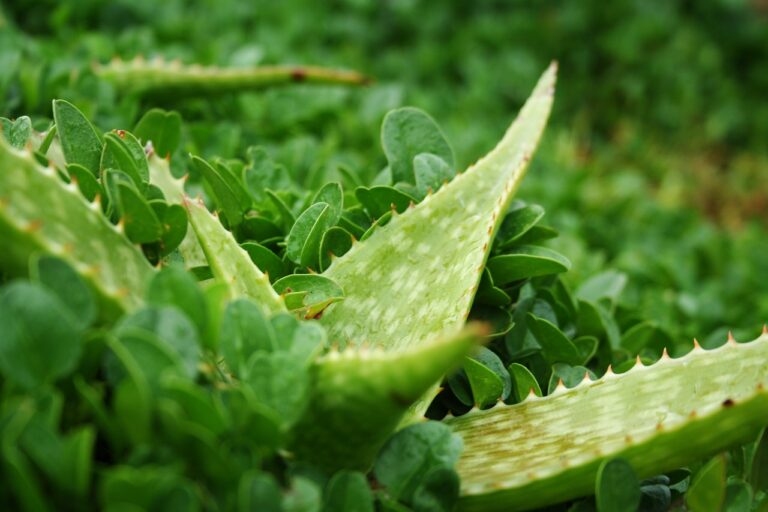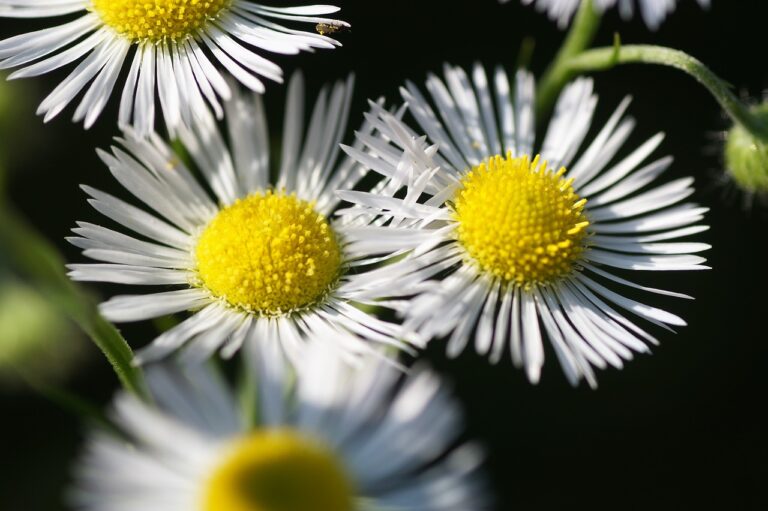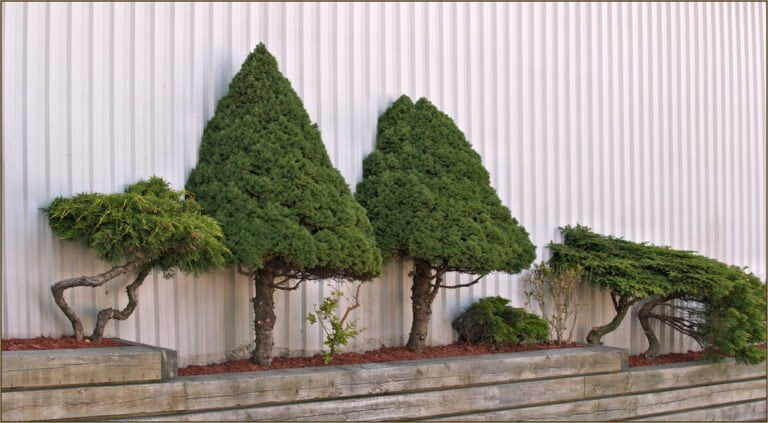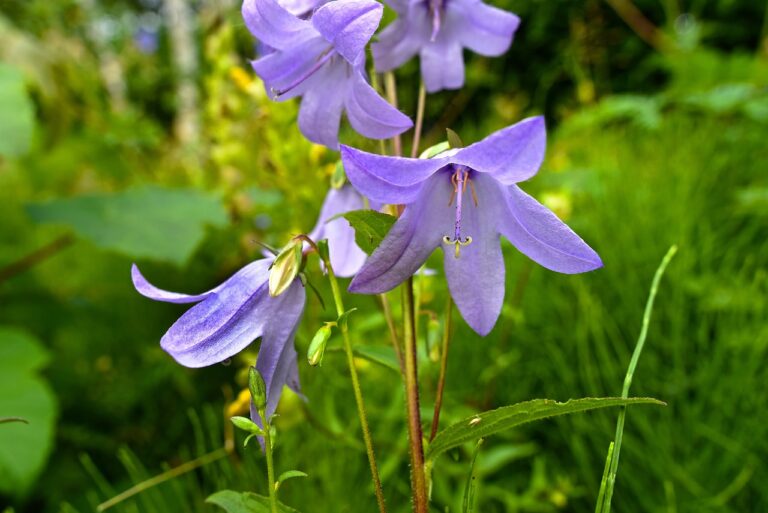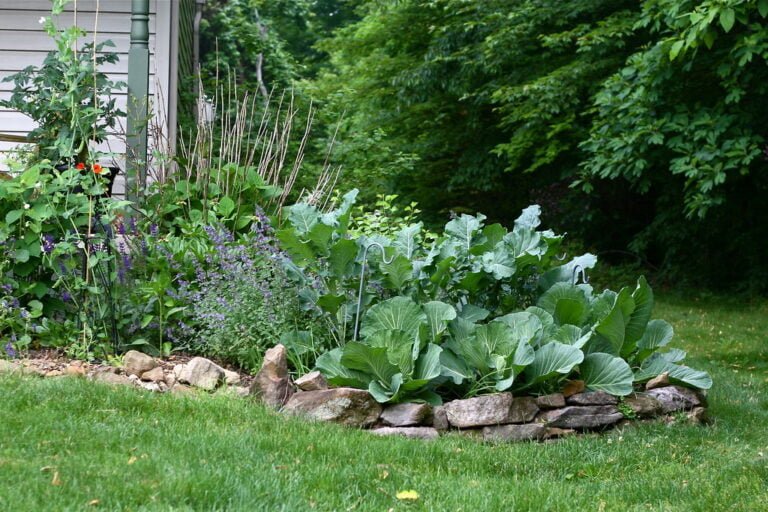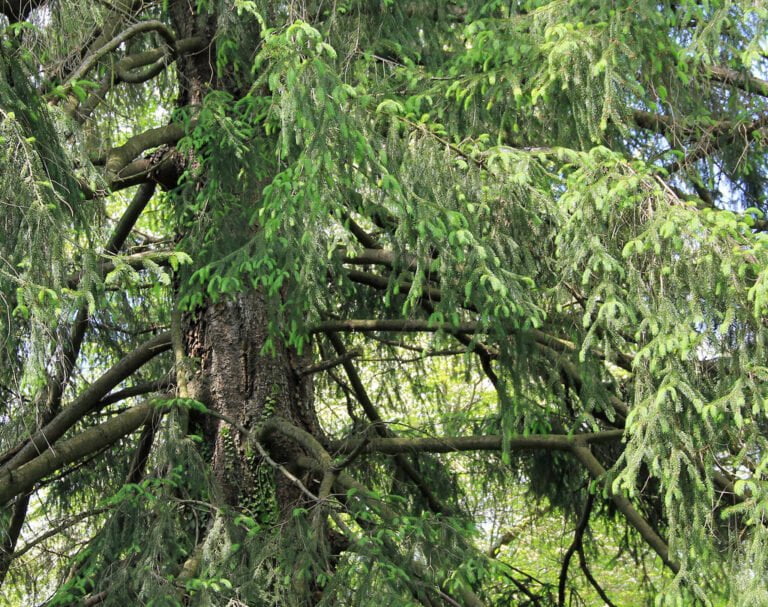Wildflowers
Wildflowers are essential for ecosystem health, supporting biodiversity and wildlife. They contribute to the food chain and attract pollinators like bees and butterflies. Planting native wildflowers improves eco-friendly landscaping. These colorful blooms offer necessary food and habitat for local wildlife, important for ecosystem resilience. By choosing native species, you promote sustainability in gardens and natural beauty in landscapes. Wildflowers provide low maintenance options that benefit both pollinators and the environment. Their significance goes beyond aesthetics, impacting the delicate balance of ecosystems positively.
Importance of Wildflowers in Ecosystems
Wildflowers serve as essential elements within ecosystems by providing nourishment and shelter for a variety of animal species. These indigenous plants are fundamental in maintaining the delicate balance of biodiversity and ecosystem health. Native wildflowers have evolved over time to adapt to specific environmental conditions, making them well-suited to support local wildlife populations.
The presence of native wildflowers in an ecosystem is necessary for attracting and supporting various animal species. These plants provide food sources for insects, birds, and small mammals, playing a critical role in the food chain. Additionally, native wildflowers attract important pollinators such as bees and butterflies. By facilitating pollination, wildflowers contribute to the reproduction and genetic diversity of plants in the ecosystem.
Incorporating native wildflowers into gardens or natural landscapes can have a significant positive impact on the environment. These plants require less maintenance and water compared to non-native species, making them an eco-friendly landscaping choice. By planting native wildflowers, individuals can create habitats that support local wildlife and promote the overall health of the ecosystem.
Understanding the importance of native wildflowers in ecosystems is essential for conservation efforts and the preservation of natural habitats. By recognizing the specific roles these plants play in supporting biodiversity, we can work towards maintaining healthy and resilient ecosystems for future generations.
Native Wildflowers and Wildlife Support
Native wildflowers play an essential role in supporting local wildlife populations by providing vital food and habitat. These flowers attract specific pollinators, such as butterflies and bees, contributing to the overall balance of the ecosystem. Planting native species is key to restoring and maintaining natural habitats, fostering a thriving environment for both plants and animals.
Ecosystem Benefits of Wildflowers
Supporting biodiversity and ecological balance, the presence of native wildflowers in an ecosystem is essential for sustaining wildlife populations. Native plants play a significant role in providing food and habitat for various wildlife species. They offer a source of nectar and pollen for pollinators such as bees and butterflies, contributing to the overall biodiversity of the ecosystem. By maintaining native wildflower populations, we guarantee that wildlife have access to essential resources like food and shelter. These plants also boost ecosystem resilience by supporting a diverse array of species and fostering ecological interactions. Preserving native wildflowers is critical to maintaining a healthy and balanced ecosystem where wildlife can thrive.
Pollinator Attraction to Blooms
Attracting pollinators to blooms plays an essential role in supporting wildlife and maintaining ecosystem health. Native wildflowers are particularly adept at attracting pollinators such as bees, butterflies, and hummingbirds due to their rich sources of nectar and pollen. Here’s why native plants are important for pollinator attraction:
- Specialized Adaptations: Different native wildflowers have evolved unique shapes, colors, and scents specifically tailored to attract particular pollinators.
- Ecosystem Support: Pollinator-friendly blooms provide essential food sources for wildlife, contributing to the overall balance and biodiversity of natural ecosystems.
- Habitat Creation: By planting native wildflowers, you can establish a habitat that sustains pollinators, benefiting local wildlife populations and fostering a healthier environment.
Importance of Native Species
The importance of integrating indigenous species, especially wildflowers, into ecosystems lies in their unmatched capability to maintain essential pollinators and support various wildlife populations. Native wildflowers serve as vital sources of nectar and pollen for butterflies and bees, playing a critical role in supporting these essential pollinators within ecosystems. Additionally, these wildflowers provide seeds and insects that are necessary for the survival and well-being of local and migrating bird populations. In modern landscapes, the value of native wildflowers is increasing due to their significant contribution to enhancing biodiversity and promoting ecosystem health. Moreover, the presence of native wildflowers not only revitalizes landscapes with their natural beauty but also fosters a deeper connection to nature, encouraging environmental stewardship practices. Ultimately, by supporting biodiversity and ecosystem health, native wildflowers play a critical role in maintaining the sustainability and well-being of natural habitats.
Enhancing Gardens With Wildflowers
Enhancing gardens with wildflowers provides numerous benefits for both the environment and the aesthetic appeal of the landscape. When creating a wildflower garden, consider the following:
- Pollinator Attraction: Wildflowers are excellent at attracting pollinators such as bees and butterflies. These insects play a vital role in pollination, aiding in the reproduction of plants and the production of fruits and seeds.
- Ecosystem Health: By planting wildflowers, you contribute to the health and biodiversity of the local ecosystem. Wildflowers provide food and habitat for various wildlife, helping to maintain a balanced and thriving environment.
- Low Maintenance and Beauty: Wildflowers offer a low-maintenance gardening option while adding natural beauty and vibrant colors to your landscape. Unlike traditional garden plants that may require frequent watering and fertilizing, wildflowers are generally hardy and can thrive with minimal intervention.
Incorporating native wildflowers into your garden not only boosts its visual appeal but also promotes sustainability and resilience. Native wildflowers are well-adapted to the local climate and soil conditions, requiring less water and care. By choosing native species, you can create a more harmonious and sustainable garden that benefits both the environment and your enjoyment of the space.
12 Types of Wildflowers for Summer
During the summer months, a range of wildflowers bloom in vivid colors, including tones of yellow, red, orange, and pink. These indigenous species not only enhance the beauty of gardens and landscapes but also enhance the variety of the ecosystem. Cultivating summer wildflowers like Black-eyed Susans and Coneflowers can establish a lively garden that draws pollinators such as bees and butterflies.
Blooms in Vibrant Colors
Amidst the summer landscape, wildflowers burst forth in vibrant colors, painting a picturesque scene of nature’s beauty. These blooms add a stunning visual appeal to gardens while supporting local ecosystems. Here are some popular North American summer wildflowers known for their vibrant hues:
- Black-eyed Susans: With their bright yellow petals and dark centers, these flowers attract bees and butterflies, enhancing pollination.
- Coneflowers: Available in shades of pink, purple, and white, these flowers bloom in summer, thriving in the warmth and sunlight.
- Coreopsis: Known for their red, yellow, and orange blooms, Coreopsis adds a pop of color to any garden, creating a cheerful and lively atmosphere.
Native Species Diversity
Indigenous summer wildflowers exhibit a wide range, including species like Black Eyed Susan, Purple Coneflower, Butterfly Weed, and California Poppy. These native wildflowers flourish in the summer season, attracting pollinators and enriching biodiversity in natural landscapes. Each of these species grows without the need for excessive care, making them ideal for sustainable gardening practices. Their vivid colors, ranging from yellow and orange to pink and purple, create a visually striking and varied ecosystem. Planting native summer wildflowers not only enhances your garden but also supports local wildlife by providing essential food and habitat. Their resilience and beauty make them an excellent choice for low-maintenance garden designs that promote environmental health and sustainability.
Planting Native Wildflowers: Seed Mixes
When planting indigenous wildflowers, consider using seed mixes containing a variety of native plant species tailored to your specific region. These mixes are designed to mimic the natural variety found in the wild, promoting ecosystem health and supporting local wildlife. Here are three key reasons why using native wildflower seed mixes is beneficial:
- Biodiversity Improvement: Native wildflower seed mixes help restore and improve biodiversity in local ecosystems by reintroducing plant species that naturally grow in the wild. This variety is essential for providing food and habitat for a wide range of animals, including pollinators like bees and butterflies.
- Simple Establishment: Seed mixes are often formulated for simple establishment, making them ideal for both experienced gardeners and beginners. These mixes typically contain a balanced combination of seeds that are adapted to the local climate and soil conditions, promoting successful germination and growth.
- Low Maintenance Gardening: Choosing native wildflower seed mixes can result in low maintenance gardening practices. Once established, these plants generally require less water, fertilizer, and pest control compared to non-native species. This makes them a sustainable and eco-friendly landscaping choice while preserving the natural heritage and beauty of the area.
Attracting Pollinators With Wildflowers
To improve the presence of pollinators in your local ecosystem, consider planting wildflowers known for attracting bees and butterflies with their vibrant colors and sweet nectar. Native wildflowers play an important role in providing essential food sources for pollinators, aiding in their survival and reproduction. Different wildflower species have evolved to attract specific pollinators, promoting biodiversity in ecosystems. By planting a variety of wildflowers, you can create a diverse and thriving habitat for pollinators to thrive.
When selecting wildflowers to attract pollinators, it’s vital to choose species that are native to your region. Native wildflowers have adapted to the local environment and are more likely to flourish, providing a sustainable food source for bees and butterflies. Understanding the growing conditions of each wildflower species is critical for successful establishment. Some wildflowers thrive in sunny, well-drained areas, while others prefer partial shade and moister soil. By matching the growing requirements of wildflowers with the conditions in your garden, you can create an inviting space for pollinators to visit and forage.
Creating a pollinator-friendly garden with wildflowers not only improves the beauty of your landscape but also supports the reproduction of plants and the overall health of ecosystems. By attracting pollinators with native wildflowers, you contribute to the conservation of these essential species and help maintain the delicate balance of nature.
Wildflower Conservation and Landscaping
Effectively conserving wildflowers involves strategic planning, careful monitoring, and proactive collaboration with various stakeholders in the conservation and gardening sectors. Wildflower conservation and landscaping are essential practices to protect the diverse array of flora that grows in our ecosystems. To achieve successful wildflower conservation and incorporate them into landscaping projects, consider the following key strategies:
- Establish Protected Areas: Creating designated areas where wildflowers can flourish without the threat of habitat destruction or human interference is vital for their preservation.
- Restore Native Habitats: Rehabilitating ecosystems to their natural state by reintroducing native wildflowers helps support biodiversity and ecosystem health.
- Collaborate with Landowners: Engaging with landowners to promote the importance of wildflowers, offering guidance on sustainable land management practices, and encouraging the cultivation of native wildflowers can greatly contribute to conservation efforts.

